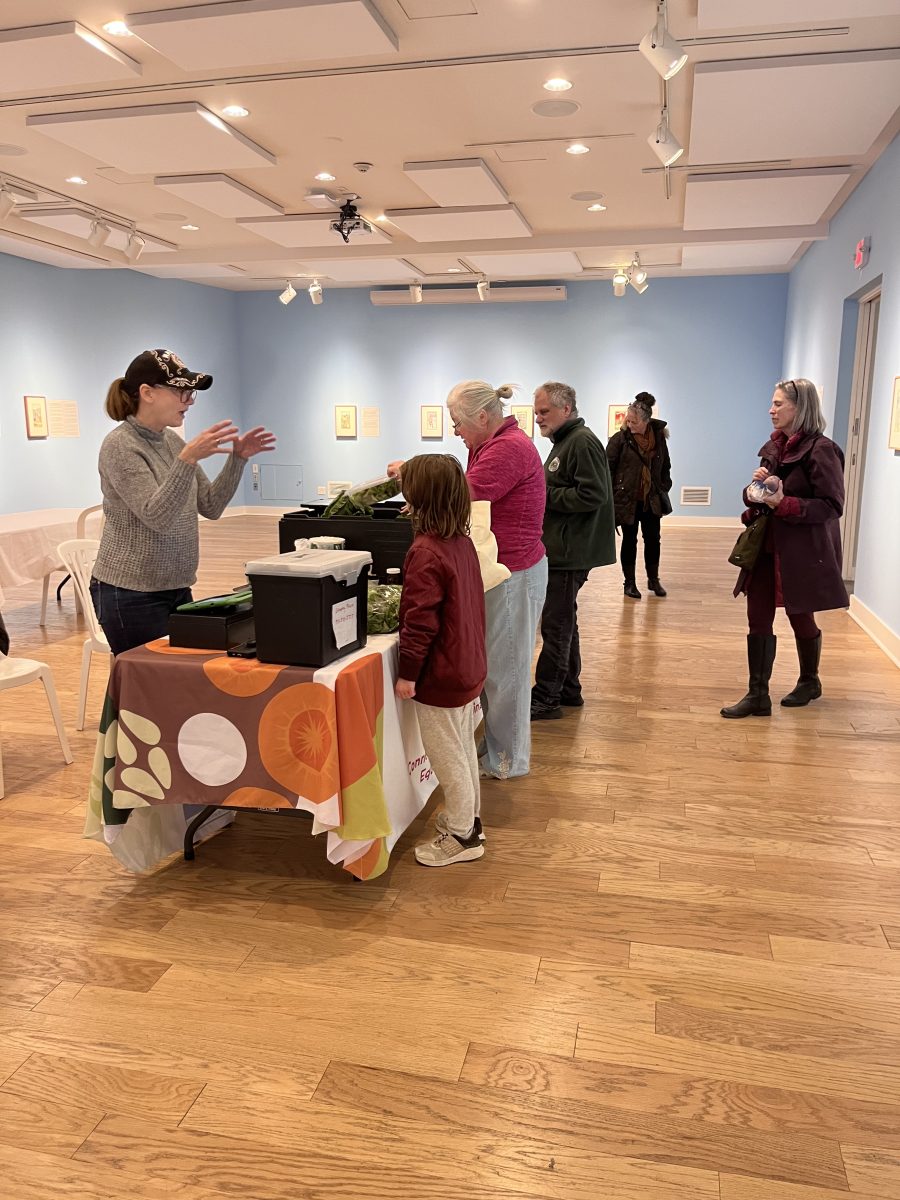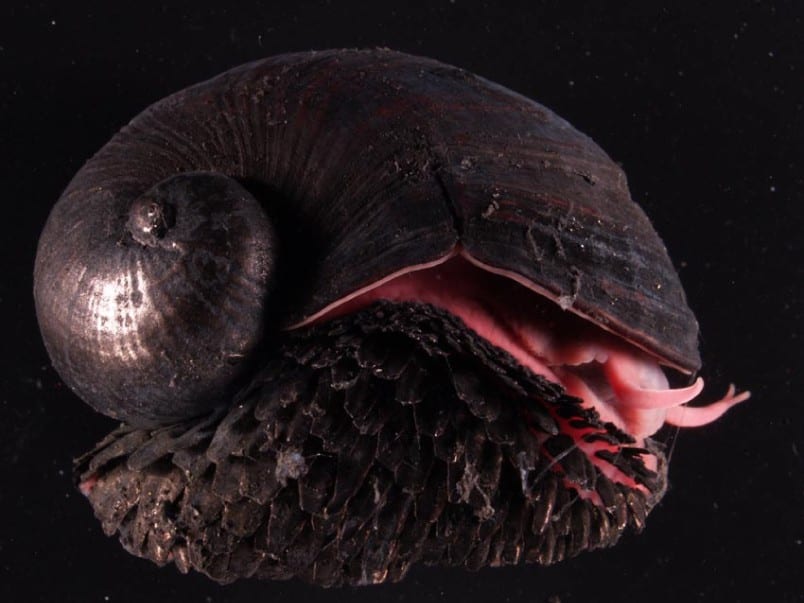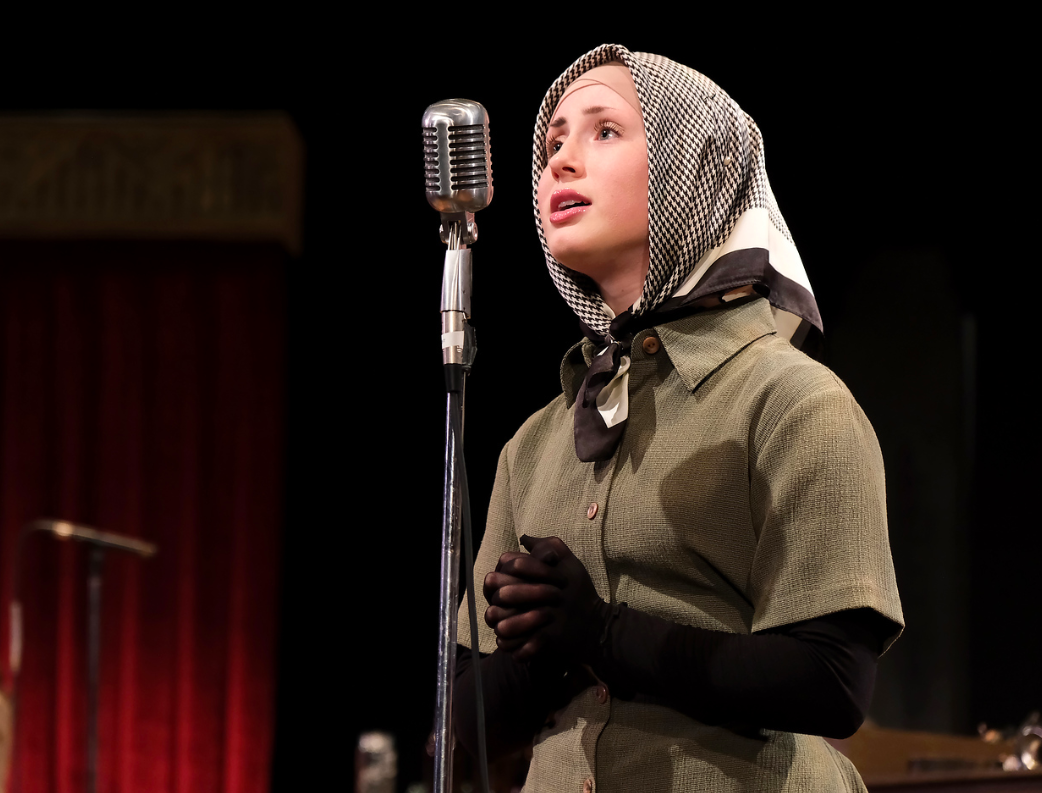By Kathleen Blandin
On Nov. 12, many Fitchburg State students woke up bright and early for a two-hour drive to Newport, R.I. The plan was to tour three Gilded Age mansions and to learn about the history of these estates and the people who owned them.
To help ease the long trip, a coach bus was provided with reclining chairs for the comfort of the tired students who waited outside Weston for their trip to start at 8 a.m. The morning commute was quiet, traffic-free, and for the most part an enjoyable start to the day after the seemingly dreadful early wake-up.
[slideshow]
(photos by Kathleen Blandin)
Three mansions were viewed on the tour: Chateau-sur-Mer, Marble House and The Breakers. The tour of Chateau-sur-Mer had a guide showing off the decadent little details of the rooms. The tours of the Marble House and The Breakers were conducted by a headset that led students through a maze of gigantic rooms, many of which felt as if they had been brought on set for a movie.
All three mansions were rich in history. Chateau-sur-Mer,completed in 1852, was a French villa built for the China trade merchant William Shepard Wetmore. Located on Bellevue Avenue, Chateau-sur-Mer sits in the middle of a 17-acre plot of land, surrounded by trees and expansive grounds. It is the first grand mansion to be seen when visiting Bellevue Avenue and it was envied as the location for the most extravagant parties in Newport until the Vanderbilt homes were constructed not too far down the way.
The Marble House cost over $11 million to build and was given as a gift to Alva Vanderbilt, a high-profile figure in the women’s suffrage movement, by her husband in 1892. Alva Vanderbilt was well known for her extravagant parties in the Gold Room, a ballroom covered decadently in an impossible amount of gold. Vanderbilt threw parties to help promote the Political Equality League, which she had founded to try to get women the right to vote.
She was also known as one of the first women in high society to make her divorce from her husband public in 1895. It was the custom of the time for women in the elite circles of society to separate from their husbands, but keep the event quiet. Vanderbilt believed that women should try to do everything in their power to stay in a state of happiness, and this was a belief she lived by.
It was a Vanderbilt child, Cornelius Vanderbilt II, who used the 70-room mansion called The Breakers as a summer home. This mansion has about 65,000 square feet of living space and sits on 13 acres of land overlooking the Atlantic Ocean.
When the Fitchburg State students entered The Breakers, they were greeted by the Great Hall, which was once a place for the elite and royalty to have meetings, balls and banquets. With an astonishing view of the ocean from almost every bedroom and waves crashing right on the edge of the property, it was no wonder this house was used as a summer home. Even in the midst of fall, anyone would be elated with the gigantic backyard lawn and the close proximity to the ocean.
The trip, which cost just $6.50 for students, provided a glimpse into the life that the wealthy once lived in the late 19th and early 20th century.

















